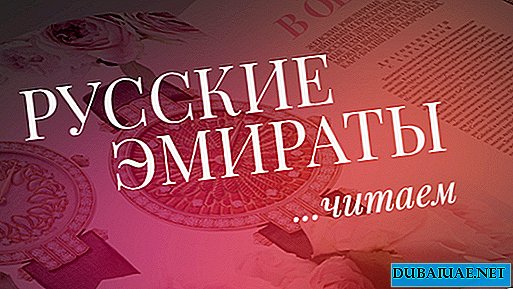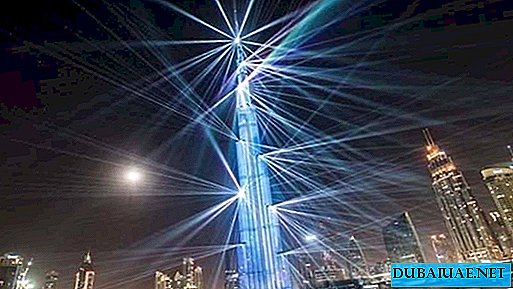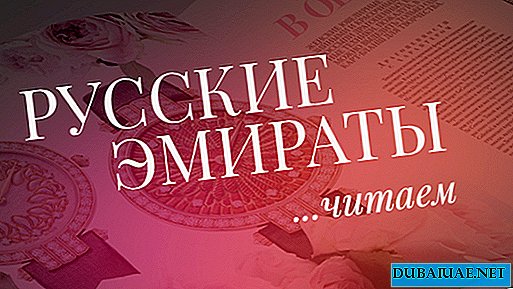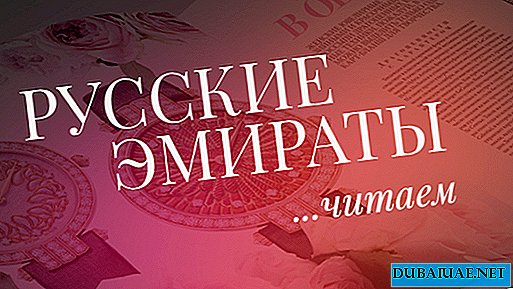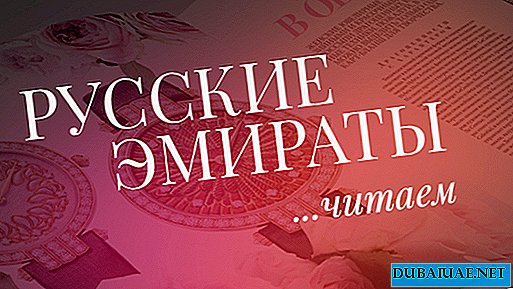 Interviewed Dariga Masenova
Interviewed Dariga Masenova Opposites attract. So the street artist Fawzi Khlifi, fearlessly painting under the pseudonym "El Seed" the tall minarets of Tunisia, the scandalous slums of Cape Town, the crowded streets of London, Paris and Chicago, created the design of a silk scarf for Louis Vuitton.
Following the traditions of innovation, the famous French House first attracted an Arab artist to interpret the classic branded shawl in its unique style of calligraffiti. The shawl, symbolically uniting 2 conflicting worlds, is part of the Louis Vuitton project "Foulards d'Artistes", which also includes works by Japanese street artist AIKO, American RETNA and Brazilian Os Gemeos. eL Seed willingly shared with us what it feels like to work with the eminent House.
Please tell us a little about yourself.
I am one of my father’s 52 offspring ... Just kidding, of course. I am the son of a simple immigrant. Born and raised in France, but I have Tunisian roots.
I never studied specifically any art, I just started writing graffiti, and after a few years I switched to the so-called “calligraffiti” style - this is a mix of calligraphy and graffiti. Everything is simple.
Why exactly this style?
I wanted to write in Arabic, but could only speak in the Tunisian dialect. To learn classical Arabic, I had to take lessons, re-learn to read and write.
So once I discovered the art of calligraphy.
That is, you wanted to speak a language that is understood by most?
Exactly. You know, although I was born in France, I always had an internal conflict: I did not understand whether I was French or Tunisian. When you are 18, it is especially difficult. You cannot be two personalities at once. I decided that, first of all, I am a Tunisian. To find out who I am, where I come from, I need, first of all, to know my native language. This is a requirement of my inner self.
 Why do you think these 2 cultures were in conflict?
Why do you think these 2 cultures were in conflict?
So people in France make you think. You cannot be one and the other, you have to make a choice.
And when you become an adult, you understand that. Identification of oneself with any culture consists of several elements, but the most important thing is where you come from. For example, in the States I feel more like a Frenchman than an Arab or Tunisian, but in France I feel like Tunisian.
Is the identification issue still relevant?
No longer. Look, only yesterday I bought a sweater with the emblem of the French team and immediately put it on. This happened to me for the first time. It's time to step over your ego. 5-6 years ago, I would never do that.
As a Frenchman, do you see the difference between the “street art” of the native Tunisians and yours?
Yes, in Tunisia I see a lot of graffiti in English and French. For them, graffiti is what came from America or Europe. They don’t puzzle what language to "draw"
Do you only write in classical Arabic?
Mostly yes. Sometimes in the dialect of the area where I work. For example, in Qatar I wrote a Qatari poem and added elements with a Tunisian dialect to it.
I saw on the Internet your work "My name is Palestine." Do you use any religious texts, maybe something from the Koran?
I did the Quranic verses only twice. Once in France I was asked to paint the interior of a mosque. The second time I worked in the highest minaret in Tunisia.
There, of course, the verses from the Koran are appropriate.
Otherwise, I would not want to use scripture texts in the streets.
How did you feel when you painted the minaret?
Very cool. This is a mosque that was built in 1994 in my hometown of Gabes in southern Tunisia. We just asked the imam, and he agreed. It was quite a voluminous work, imagine a wall 47 meters high - great!
Do you think many people understand your art?
I do not try to do something obvious, because art is intuitive. I am glad that I never studied at the art school, otherwise I would try to follow a certain "concept". Sometimes people think more about an idea than about the object itself. I would like my work to positively affect people, and someone's life, through them, has changed for the better. Perhaps the minaret in Tunisia will help people get closer to each other.
How do you plan your work? Do you make any sketches?
As a rule, this is free drawing. I have no drafts, I immediately write on the wall what is in my head. But I did a special sketch for the minaret, because a certain part of the calligraphy was supposed to be a continuation on the adjacent wall.
What are your favorite colors?
Pink and black. I like to use them in my work. They are very bright, and there is a strong contrast between them. I especially love pink, the one I used when creating the scarf for Louis Vuitton.
How did this collaboration come about?
I admit, when in September they contacted me from Louis Vuitton, I did not immediately give an answer.
I had time to think. This is actually a very unusual idea: the conflict between street art and a luxury brand. For me it was a kind of revenge that, here, a French company turns to me and asks to create a design for them.
The very fact that they found me and asked me to do something for them is very cool.
So you didn’t agree right away?
Yes, I asked where the products will be sewn. It is important for me that these scarves are not sewn in China.
Did you have any design restrictions?
I was only warned that the scarf should be square and with the signature Louis Vuitton my signature style below. Otherwise, I was free to do whatever I wanted
Why did you choose the poem "Venice Carnival" for this design?
French fashion house Louis Vuitton has invited a street artist to create a design for his premium product. Isn't that the idea of opposing worlds? Based on this, I began to think about the line between East and West. Let this fake debate, I do not want to develop this topic. It seemed interesting to me to add a little history. I wanted to recall that once people also tried to create a bridge between two conflicting worlds. In the 12th century, trade between Arabs and the entire Christian world was banned. The Venetians, however, violated these rules by selling to the Arabs the wood and weapons they needed. In Arabic, the weapon is al-bundukiya. Until now, they call this city not Venice, but just like that, Al Bundukia. A few years ago, the poet Muhammad Ali Taha described the events that occurred in the 12th century. It seemed to me that his poem was perfect for my concept, and besides, it very beautifully describes Venice.
Perhaps you are proud to have turned to you?
I will not hide, I was pleasantly surprised. Moreover, I am the first Arabian designer who created something for them.
Would you like to work on similar projects?
With Louis Vuitton, of course. We have an agreement with them. If this is in my interest, then why not. But it’s not the same as if I were contacted by Gucci or Prada. With Louis Vuitton, the case is exceptional.
What is next in your work plans?
Paint a wall in Doha on the main highway. According to the organizers, this will be the largest graffiti project in the world. Next up is the wall in New York, 2 walls in Paris, and then, perhaps, I’ll come to you. Just choose a wall!



